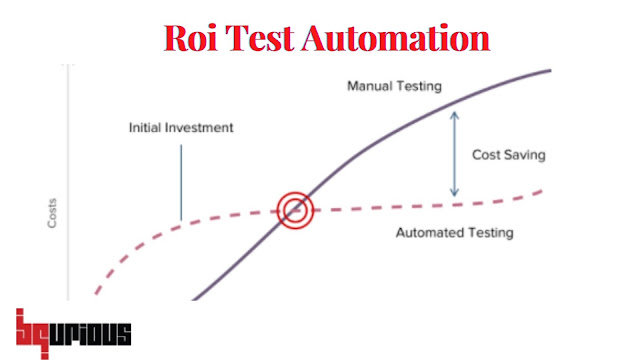Automated App Testing On Mobile Devices
This is the second post in a two-part series on how mobile app developers can use automated testing to make their applications more reliable. If you missed the first part of this series, be sure to check out How to Automate App Testing On Android Devices . In this post, we will explore automated testing for iOS apps.
1. Setting up your testing environment
The first step to setting up your iOS app for automated testing is creating a development environment. You have a few options here. You can create a local build of your app and install it directly on your device, or you can use a service such as TestFlightApp or HockeyApp to distribute your builds and test them remotely.
Salesforce Testing Automation
Salesforce Testing Automation
Salesforce Testing Automation
Salesforce Testing Automation
Automated Regression Testing
Automated Regression Testing
Automated Regression Testing
Automated Regression Testing
Automated Regression Testing
automated mobile testing
automated mobile testing
automated mobile testing
automated mobile testing
test automation best practices
test automation best practices
test automation best practices
test automation best practices
test automation best practices
test automation best practices
test automation best practices
test automation best practices
test automation best practices
test automation best practices
test automation best practices
test automation
I prefer using TestFlightApp because you get all the benefits of using an actual device in addition to the ease of test distribution. Unfortunately, TestFlightApp requires that your app be approved by Apple before you can distribute it, which can take some time.
best practices
test automation best practices
test automation best practices
test automation best practices
roi in testing
roi in testing
roi in testing
roi in testing
roi in testing
roi in testing
roi in testing
roi in testing
roi in testing
test automation best practices
test automation best practices
test automation best practices
test automation best practices
test automation best practices
test automation best practices
test automation best practices
test automation best practices
test automation best practices
test automation best practices
test automation best practices
test automation best practices
test automation best practices
test automation best practices
test automation best practices
test automation best practices
test automation best practices
test automation best practices
test automation best practices
TestFlightApp also has some limits, including how many devices are supported (5) and how often you can run tests (30 minutes). To get around these limitations, you'll need to build your own test server and connect it with TestFlightApp via iTunes Sharing. This allows you to run tests much more




Travel
ReplyDeleteUnstoppable Lyrics
ReplyDeleteibomma best movie download website
ReplyDelete